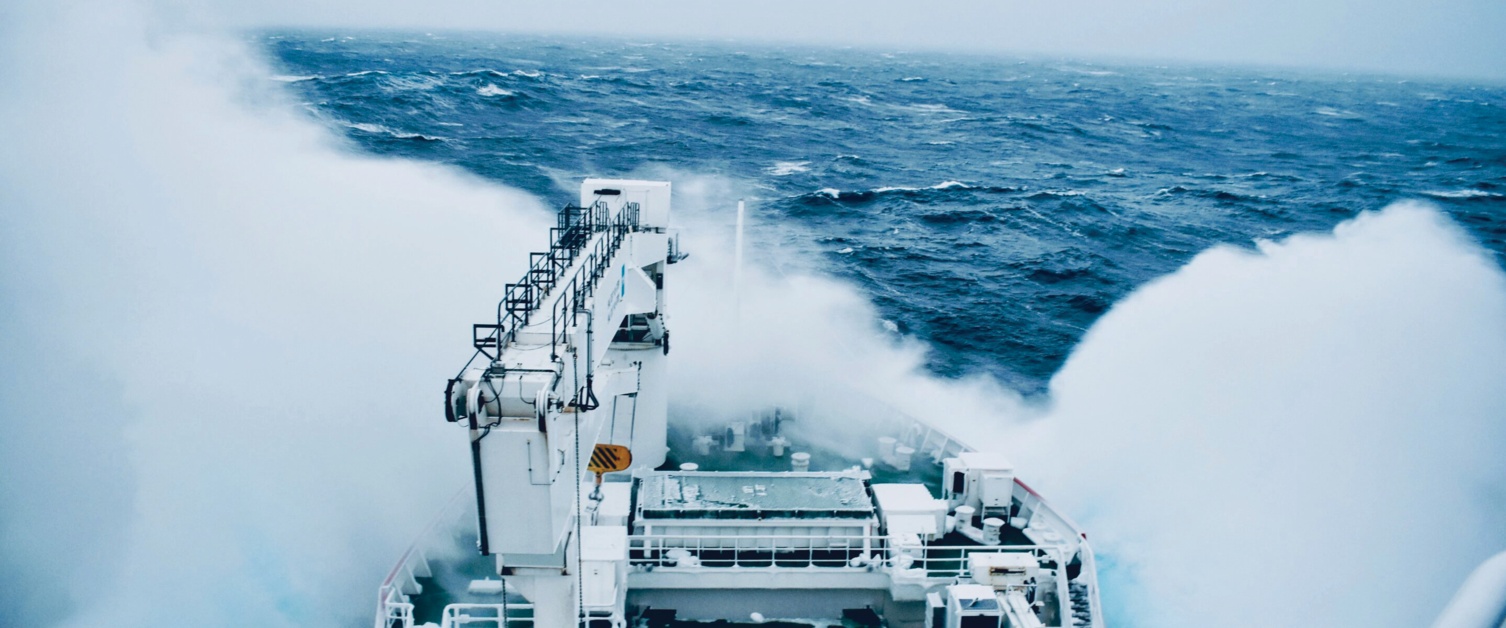Going Rogue in the Southern Ocean
- By AMS Staff
- Aug 26, 2024
WHO: Researchers from Australia, Italy, South Africa, and the United Kingdom
WHERE: Aboard the South African icebreaker S.A. Agulhas II on the Southern Ocean near Antarctica
WHEN: The austral winter of 2017
WHY: The researchers were conducting a study of rogue waves in a region where oceanic conditions are among the most extreme on Earth. (To learn more about the wave climate in the Southern Ocean, see this 2020 Journal of Physical Oceanography study: https://doi.org/10.1175/JPO-D-20-0031.1.)
WHAT: The team utilized state-of-the-art technology that collects three-dimensional images of the ocean’s surface. The technology, which imitates human vision through sequential imaging, provided unprecedented data on waves as they grew from early to mature stages. The observations showed that the extreme winds of the region are “the missing link” in the formation of rogue waves, according to lead author Alessandro Toffoli of the University of Melbourne. He says that the winds can cause large, young waves to experience “self-amplification”—an exchange of energy between waves that causes one wave to grow much larger than others around it. “The wind creates a chaotic situation where waves of different dimensions and directions coexist,” Toffoli explains. “Wind causes young waves to grow higher, longer, and faster. During this self-amplification, a wave grows disproportionately at the expense of its neighbors.” The research, which was published in Physical Review Letters, showed that younger waves reached heights twice as high as neighboring waves every six hours, while more mature waves were never observed reaching such heights. According to Toffoli, the finding that sea conditions that are theoretically more prone to self-amplification produce more rogue waves validates past modeling results, and he says the study shows that “when developing tools for predicting rogue waves, scientists need to take wind into thorough consideration.” [Source: University of Melbourne]
CAPTION: The SA Agulhas II during the 2017 Antarctic expedition.
[Photo Credit: Alessandro Toffoli]
